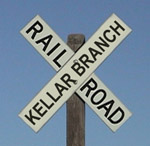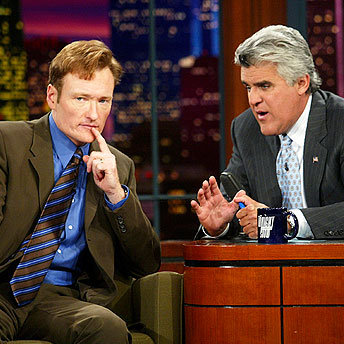There’s another television drama taking place — this one is between over-the-air broadcasters and the Federal Communications Commission (FCC).
You may recall that TV recently went through a digital conversion. Over-the-air (OTA) broadcasters had to upgrade to digital transmitters at significant cost and switch to new broadcasting frequencies. The portion of the spectrum they abandoned was either used for public safety communication or auctioned off to wireless communication companies. Now there appears to be an effort to take part of television’s new broadcast spectrum away as well. Television Broadcast reported in December:
The focus on spectrum use has intensified since the Obama Administration charged the FCC with developing a nationwide wireless broadband network. The commission must present its plan by February [17]. FCC officials started floating the idea of using TV spectrum for broadband in the fall. Several interested parties have glommed onto the notion, from academics to lobbyists to economists, who say broadband is a more efficient use of the spectrum currently dedicated to delivery TV signals.
Another publication, TV Technology, gives some additional details:
…The Wireless Association (formerly known as the Cellular Telephone Association) asked the FCC to examine reallocation of broadcast spectrum to prepare for the “looming spectrum crisis.” They cited Congress’s directive that the FCC must conduct an inventory of all available spectrum with recommendations for greater efficiency….
In early December, the commission issued an urgent request for additional data from broadcasters, citing a “concern that the United States will not have spectrum sufficient to meet the demand for wireless broadband services in the near future.”
The wording of the FCC “data request” triggered even greater fears, exacerbated by the FCC’s unusually short three-week turnaround period. In its official notice, the commission explained that its “inquiry takes into account the value that the United States puts on free, over-the-air television, while also exploring market-based mechanisms for television broadcasters to contribute to the broadband effort any spectrum in excess of that which they need to meet their public interest obligations and remain financially viable.”
For many broadcasters, that sounded like a threat to reduce TV bandwidth to standard-definition capacity and eliminate ancillary channel bandwidth.
In other words, broadcasters are concerned that the FCC is considering limiting them to one standard-definition channel and no subchannels to free up as much spectrum as possible for wireless devices. They argue this would effectively kill OTA television’s viability and mean the only way to get high-definition content would be through services like www.aaasatellite.tv that provide good quality with a really good price. It would also be “the largest bait and switch [scheme] on consumers in the history of our country,” according to Perry Sook, chairman/president/CEO of Nexstar Broadcasting Group (the company that owns WMBD-TV, channel 31, locally).
Television Broadcast now says that the FCC is backing off the idea of an enforced reallocation of spectrum, and is considering a “voluntary opportunity” instead. Nevertheless, the wireless industry’s “spectrum grab” ambitions aren’t dampened:
Wireless industry lobby chief Steve Largent has said his sector will need 800 MHz of additional spectrum in six years…. “We continue to believe that all spectrum should be on the table for potential reallocation, including the almost 300 MHz allocated for broadcast television use, which is spectrum most favorable to mobile broadband. We look forward to working with the commission and the broadband team to consider mechanisms to put spectrum to its highest use.”
Broadcasters point out that the government spent $2 billion promoting digital television and subsidizing set-top TV converter boxes. Furthermore, broadcasters were required without subsidy to upgrade their transmitters to HD digital. Reclaiming TV’s spectrum for other uses would be throwing all that public and private money down the drain. Furthermore, television has a “public interest mandate” (they are required to provide educational and informational content in order to broadcast OTA) that wireless companies do not, making TV more entitled to the spectrum in many broadcasters’ minds.
The fight for spectrum isn’t over. As they say on TV, “stay tuned….”

 Nexstar Broadcasting Group, owner of WMBD channel 31, entered into an
Nexstar Broadcasting Group, owner of WMBD channel 31, entered into an  The Peoria Journal Star has published
The Peoria Journal Star has published  I don’t generally cover entertainment news on my blog, but for whatever reason, I’ve been obsessed lately with the whole Tonight Show debacle on NBC.
I don’t generally cover entertainment news on my blog, but for whatever reason, I’ve been obsessed lately with the whole Tonight Show debacle on NBC.